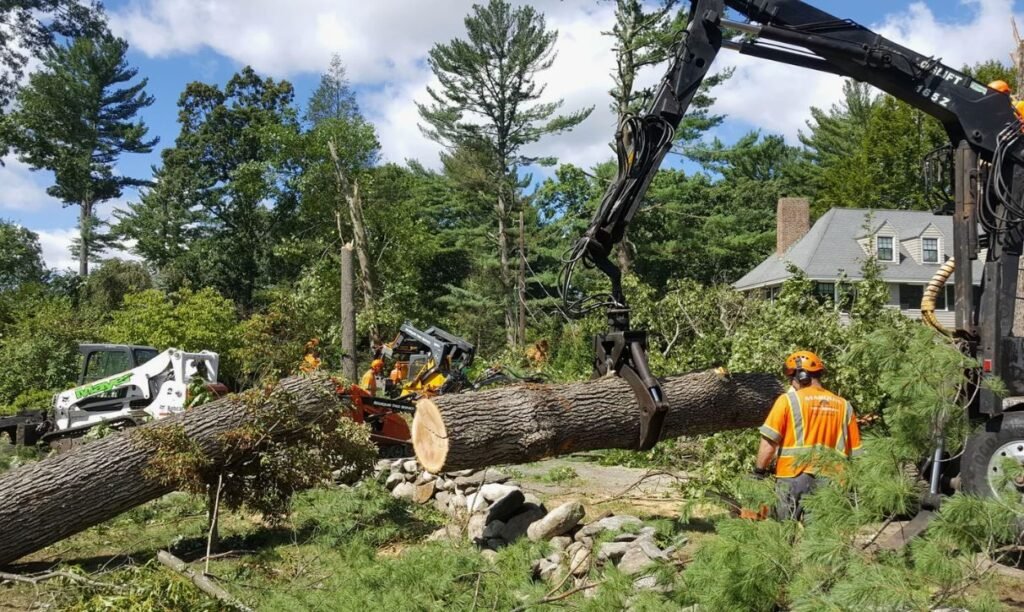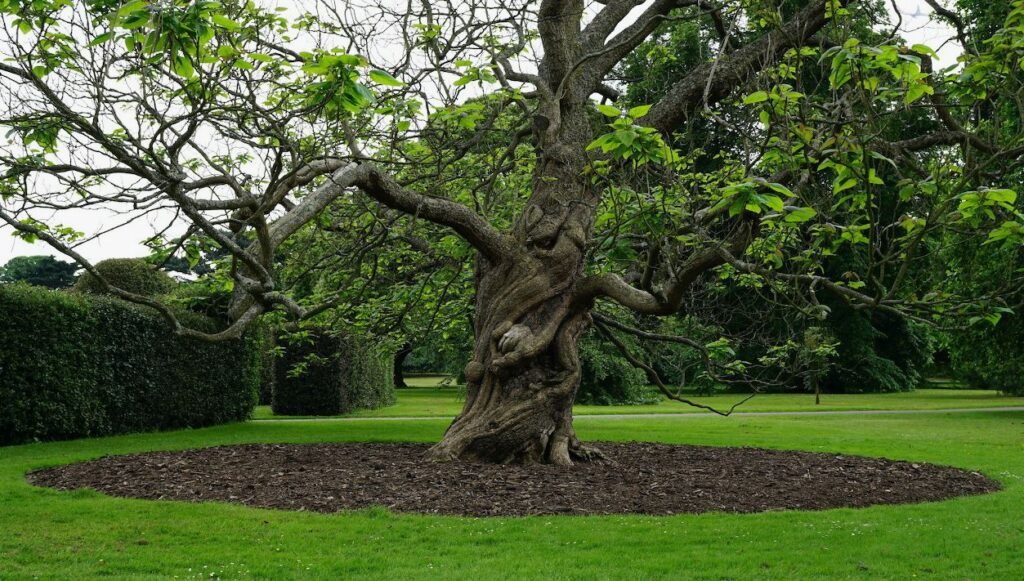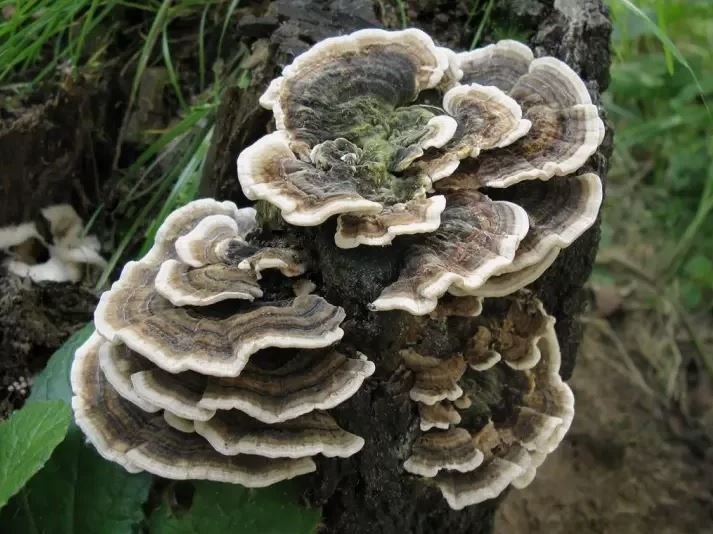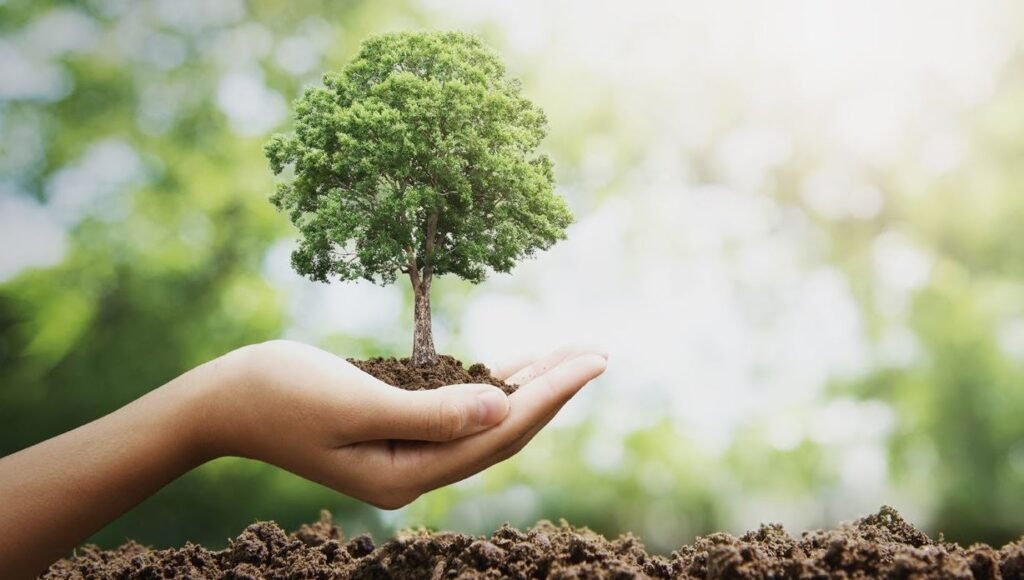Involving schools in tree care and maintenance projects offers numerous educational, environmental, and community benefits. These initiatives not only beautify school grounds but also foster a deeper understanding of environmental stewardship among students. By participating in these projects, schools create lasting environmental impacts and enrich the educational experience. Here are key ways schools can engage in tree care:
Why Schools Should Engage in Tree Care Projects
Schools are pivotal in shaping young minds and promoting environmental awareness. Tree care projects offer hands-on experiences that help students connect with nature, learn about ecosystems, and understand the importance of environmental sustainability. These activities can be woven into the school’s curriculum, extracurricular programs, or community initiatives, promoting a sense of shared responsibility and stewardship for local green spaces.
1. Organizing Tree Planting Programs
One of the most effective ways schools can get involved in tree care is through tree planting programs. Hosting a tree planting day, where students, teachers, and local community members participate, not only beautifies the school but also teaches students the importance of trees in combating climate change, improving air quality, and supporting biodiversity.
These planting events can occur on school grounds, nearby parks, or other public spaces. The hands-on experience gives students practical knowledge of how trees grow and the conditions they need to thrive.
When to Call a Professional
Before planting, it’s wise to consult with a professional arborist or tree care expert who can advise on the best species of trees for the local climate, soil conditions, and long-term sustainability. This ensures the trees planted will grow healthy and strong.
2. Integrating Tree Care into the Curriculum
Incorporating tree care projects into the school curriculum allows students to learn through direct engagement. Subjects such as biology, ecology, and environmental science naturally lend themselves to tree care education. Lessons on photosynthesis, ecosystems, and the role of trees in mitigating climate change can be enhanced by hands-on projects like measuring tree growth or observing seasonal changes.
Students can take ownership of tree care by tracking the health of trees over the school year, integrating data collection and analysis into their studies.
3. Creating Eco-Clubs for Tree Maintenance
Schools can foster greater student involvement by forming eco-clubs dedicated to environmental initiatives, including tree care and maintenance. These clubs provide an ongoing structure where students take responsibility for tasks such as watering, mulching, and monitoring the health of trees on school grounds.
Eco-clubs also raise awareness about local environmental issues, encouraging students to become advocates for sustainability in their communities.
4. Partnering with Local Tree Care Organizations
To ensure the long-term success of tree care initiatives, schools can form partnerships with local tree care organizations or environmental nonprofits. These organizations often offer resources such as expert knowledge, tools, and volunteers to support planting and maintenance projects.
By collaborating with professionals, schools can ensure that their tree care efforts are sustainable and grounded in best practices.
When to Call an Expert for Help
When dealing with larger tree maintenance projects, such as pruning, disease prevention, or treating tree pests, it’s essential to involve a certified arborist. They can ensure the health and safety of the trees, protecting them from damage or disease.
5. Hosting Workshops and Training Sessions
Schools can invite arborists or environmental educators to conduct workshops and training sessions. These hands-on sessions teach students essential tree care techniques such as proper pruning, pest management, and soil health. Students who learn these skills can apply them to maintain trees on school grounds or even in their local communities.
6. Engaging the Community Through Events
Tree care projects offer excellent opportunities for community engagement. Schools can host events such as community tree planting days or tree maintenance sessions, inviting families and local residents to participate. This fosters a sense of ownership and responsibility for local green spaces, while also encouraging collaboration between schools and their communities.
7. Establishing an Adopt-a-Tree Program
Another way to keep students engaged year-round is through an Adopt-a-Tree program, where each student or class is assigned a tree to care for throughout the school year. This ongoing engagement helps students develop responsibility and gives them the opportunity to observe the long-term growth and health of their adopted tree.
8. Annual Tree Health Assessments
Conducting annual tree health assessments allows students to monitor the condition of trees on school grounds. With guidance from professionals, students can learn how to identify tree diseases, pests, and other health issues. These assessments help maintain the trees’ health and provide valuable real-world learning experiences.
Calling Professionals for Tree Health Assessments
For more advanced health assessments, schools should involve an arborist to accurately diagnose and treat any issues. Regular professional evaluations ensure trees remain healthy and safe.
9. Using Technology for Tree Monitoring
Schools can incorporate technology into tree care by using apps or software to track tree growth, health data, and maintenance schedules. This not only enhances learning but also provides a valuable opportunity for students to contribute to broader environmental studies and conservation efforts.
10. Recognizing Contributions and Celebrating Success
It’s important to recognize the efforts of students, staff, and community members involved in tree care initiatives. Schools can hold celebrations or award ceremonies to acknowledge contributions and encourage continued participation. Celebrating these achievements helps foster a culture of appreciation for environmental stewardship within the school and the broader community.
Schools as Stewards of the Environment
By engaging in tree care and maintenance projects, schools not only enhance their surroundings but also instill a sense of environmental responsibility in their students. These projects provide meaningful, hands-on learning opportunities and strengthen the bond between schools and their communities.
Through planting, maintenance, and education, students gain a deeper appreciation for nature and learn to advocate for sustainability, ensuring that future generations continue to care for and protect our valuable natural resources. For complex or large-scale projects, remember to call on professionals, such as certified arborists, to guide and support tree care efforts.




